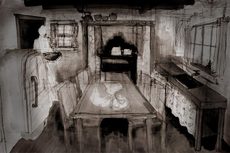
I am teaching Screen Production at the very energised and inspiring Macquarie University, and the students want to know: beyond showing up on time and operating some gear, what do different creative collaborators contribute to the realisation of an idea?
Design creates the image of character and storyworld through careful reading of the script, research, discussion with collaborators, and choices of places, things, shapes, colours, textures, symbols and visual metaphors. The designer sets up the cinematographer to reveal visual tone and metaphor
Design creates the image of character and storyworld through careful reading of the script, research, discussion with collaborators, and choices of places, things, shapes, colours, textures, symbols and visual metaphors. The designer sets up the cinematographer to reveal visual tone and metaphor
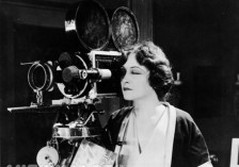
The cinematographer reveals the drama, articulates perspective visually, and creates the visual expression of tone, metaphor, power relationships, time, and space through framing, composition, angle, light and camera movement in spaces set up by the designer.
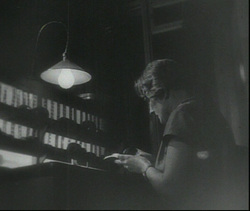
The editor finds and shapes structure and rhythm. They create an audience experience of narrative by shaping time, energy and flow in the movement of events, movement of emotions and movement of images and sounds.
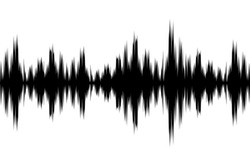
The sound designer develops, refines and augments the story and the audience experience with perspective, tone, energy (dynamics) mood and specificity of aural world and texture.
The composer reinforces and articulates the structure of the experience, expressing all of the above (character, storyworld, tone, time, energy, emotions, mood etc.) in an abstract form that binds all of the elements into a whole and complete expression of the drama.
The composer reinforces and articulates the structure of the experience, expressing all of the above (character, storyworld, tone, time, energy, emotions, mood etc.) in an abstract form that binds all of the elements into a whole and complete expression of the drama.
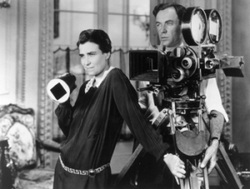
The director interprets the script, articulating what, in their view the drama is, and how the characters reveal it through their actions. He or she then has the task of conveying what the drama is, what the power relationships are, the perspective the production has on the events in the plot, and therefore the idea for character, storyworld, tone, metaphor, time, space, energy and movement to all collaborators, so that everyone can do their best work.
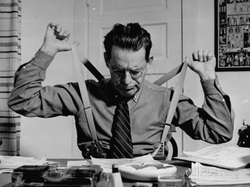
The writer instigates the cinematic revelation of drama by designing and expressing storyworld, characters and plot that are sufficiently rich to inspire collaborators to engage in research and energetic participation, and sufficiently spare to allow for interpretation, perspective and expression in performance, image, sound and movement.
The development producer works closely with the writer, director and producer to interrogate and focus the writing, making non-judgemental observations and asking useful questions throughout the process to strengthen the expression of ideas and their clarity for the writer, director, collaborators and audiences.
The development producer works closely with the writer, director and producer to interrogate and focus the writing, making non-judgemental observations and asking useful questions throughout the process to strengthen the expression of ideas and their clarity for the writer, director, collaborators and audiences.
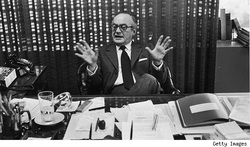
The producer elicits an articulation of the drama and perspective (commonly referred to as vision) from the director and watches over the process for consistency of articulation and interpretation. Budgets and schedules are expressions of the ‘vision’ in numbers and the producer allocates the numbers through their coherent understanding of the drama and perspective.
So how to teach screen production? Here's what I'd like to try: Talk about character, storyworld, tone, metaphor, revelation, power, time, space, energy, movement and dramaturgy and how they are revealed in films and interactive media. Ask the students to become fluent with these ideas through identifying and articulating them in existing works, and then synthesize this learning by applying it to their own work.
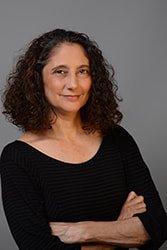
 RSS Feed
RSS Feed

